The “Femme Fatale” segment on NoirWhale.com is designed to highlight the life and merits of exceptional film noir actresses. These women are the embodiment of the femme fatale archetype, and propel possibly the most recognizable and integral theme in the noir genre.
“I don’t think I ever understood Hollywood.”
This article is far from an exhaustive look at one of the most famous femme fatales of the film noir genre, but rather a sampling of facts about her incredible life.
Gloria Grahame was Gloria Hallward when she was born. Her mother was a British stage actress who used the name Jean Grahame, thus Gloria adopted the surname when she became an actress herself. Her older sister Joy Hallward was also an actress and she married Robert Mitchum’s little brother.
Gloria was signed to MGM Studios after performing on Broadway for several years. Her debut film was Blonde Fever (1944), but most famously she was cast as Violet Bick in It’s a Wonderful Life (1946). Although she received great praise for the role, she was quickly typecast as the femme fatale in several film noir projects. Her first Oscar nomination (for Best Supporting Actress) was for her role as “Ginny” in the film Crossfire (1947). But She didn’t win an Academy Award until her performance as “Rosemary” in The Bad and The Beautiful (1952) (where she co-starred opposite Lana Turner and Kirk Douglas).
The femme fatale roles kept coming; Irene Nieves in Sudden Fear (1952), Vicki Buckley in Human Desire (1953), and Debby Marsh in Fritz Lang’s classic The Big Heat (1953).
“It wasn’t the way I looked at a man, it was the thought behind it.”
Sadly, Gloria’s insecurity about the appearance of her upper lip led her to plastic surgery and dental operations. The procedures left her lip paralyzed due to nerve damage, and her career never returned to its previous heights. Coupled with an ill-received performance in the musical film Oklahoma! (1955), she found few supporters left in Hollywood. Gloria, without other options, returned to the stage.
Although she was married four times, her relationships with Nicholas Ray and Anthony Ray were the most high profile. She married Nicholas in 1948 (a director, Rebel Without a Cause (1955) among others) and they had one child, Timothy. Their marriage ended when Nicholas walked in on Gloria and his 13 year old son Anthony having sex. She later went on to marry Anthony, and they had two children, Anthony Jr and James, before their inevitable divorce.
Grahame was diagnosed with stomach cancer in 1980 but she refused to accept surgery (she didn’t believe that she had the disease, she wouldn’t acknowledge it). Instead of treatment, she flew to England to perform in a play. She suffered from a perforated bowel when a procedure to drain fluid from her stomach didn’t go smoothly. This mishap resulted in her death at age 57.
Like many femme fatales featured here, Gloria Grahame’s life was as noir as the dames she portrayed. She was an incredibly talented, tragic, and fascinating woman.
“There’s always a race against time. I don’t think for one moment that life gets better. How can it? One’s body starts to fall apart.”

with Humphrey Bogart, In a Lonely Place (1950) directed by husband Nicolas Ray (via retroadv.tumblr.com)
*All biographical details were obtained from:
http://en.wikipedia.org/wiki/Gloria_Grahame
*All quotes were obtained from:
http://www.brainyquote.com/quotes/authors/g/gloria_grahame.html





















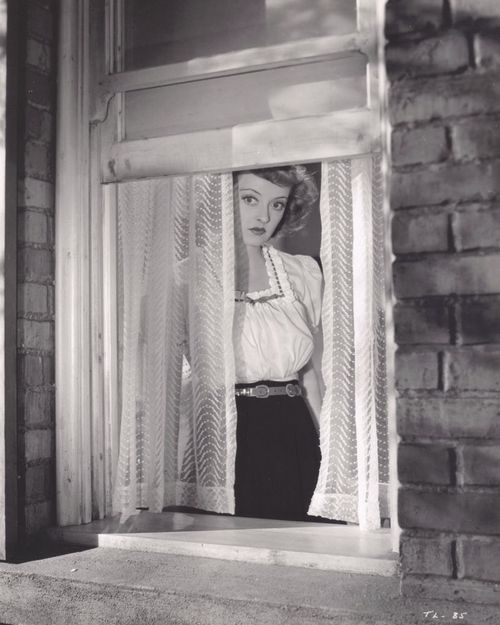



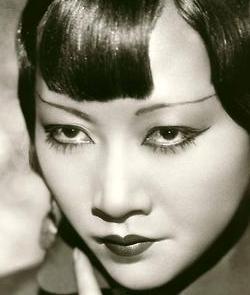

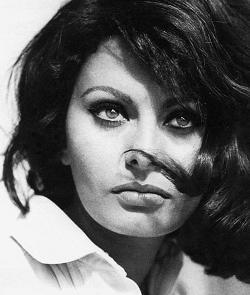
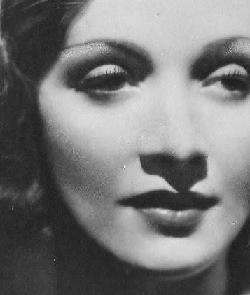

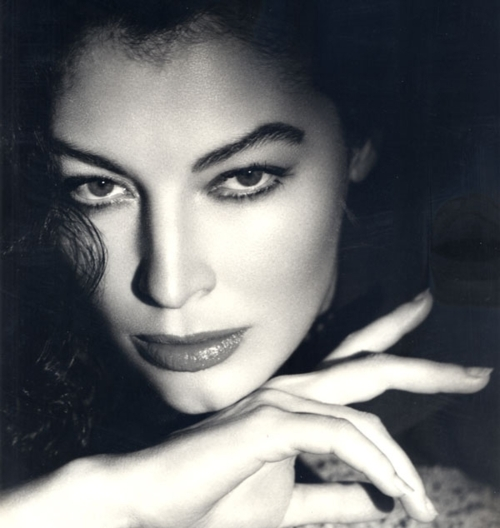


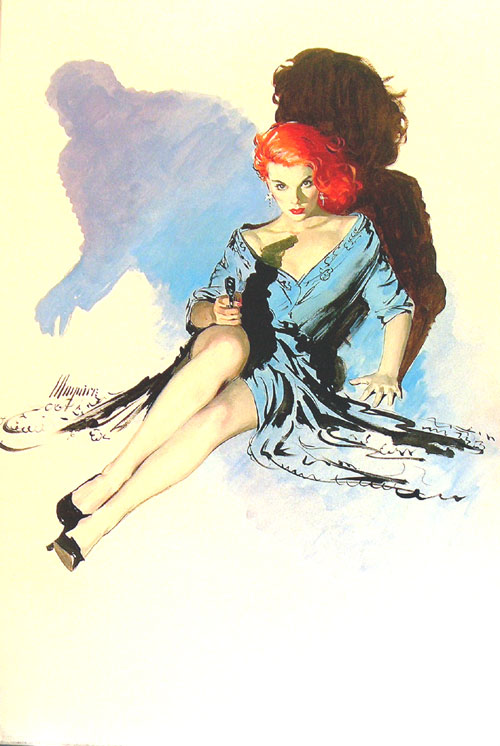


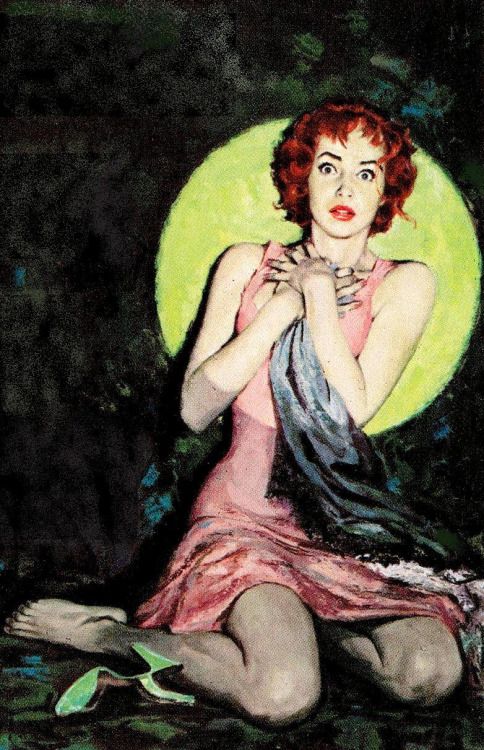
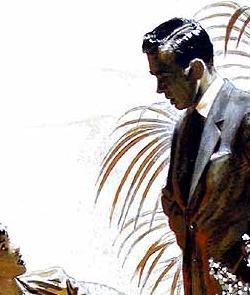





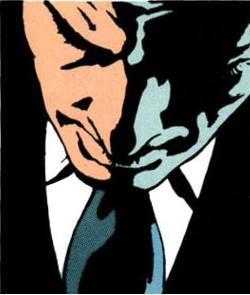






You must be logged in to post a comment.